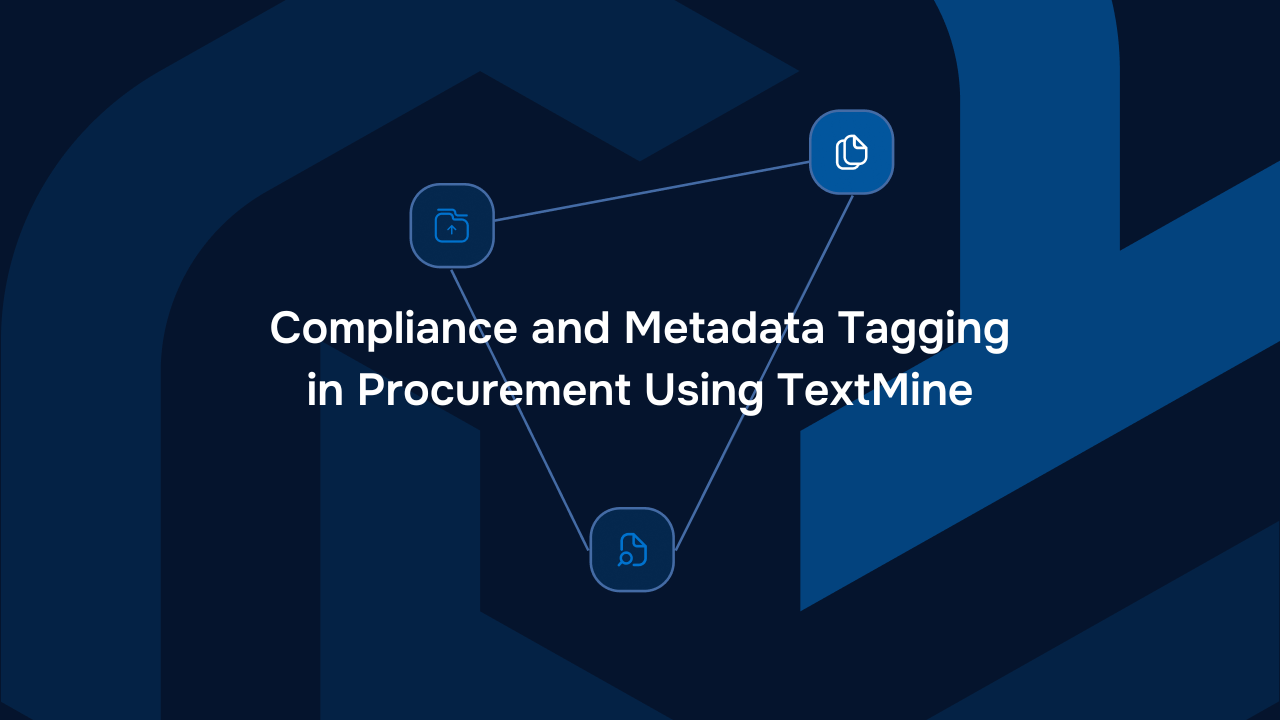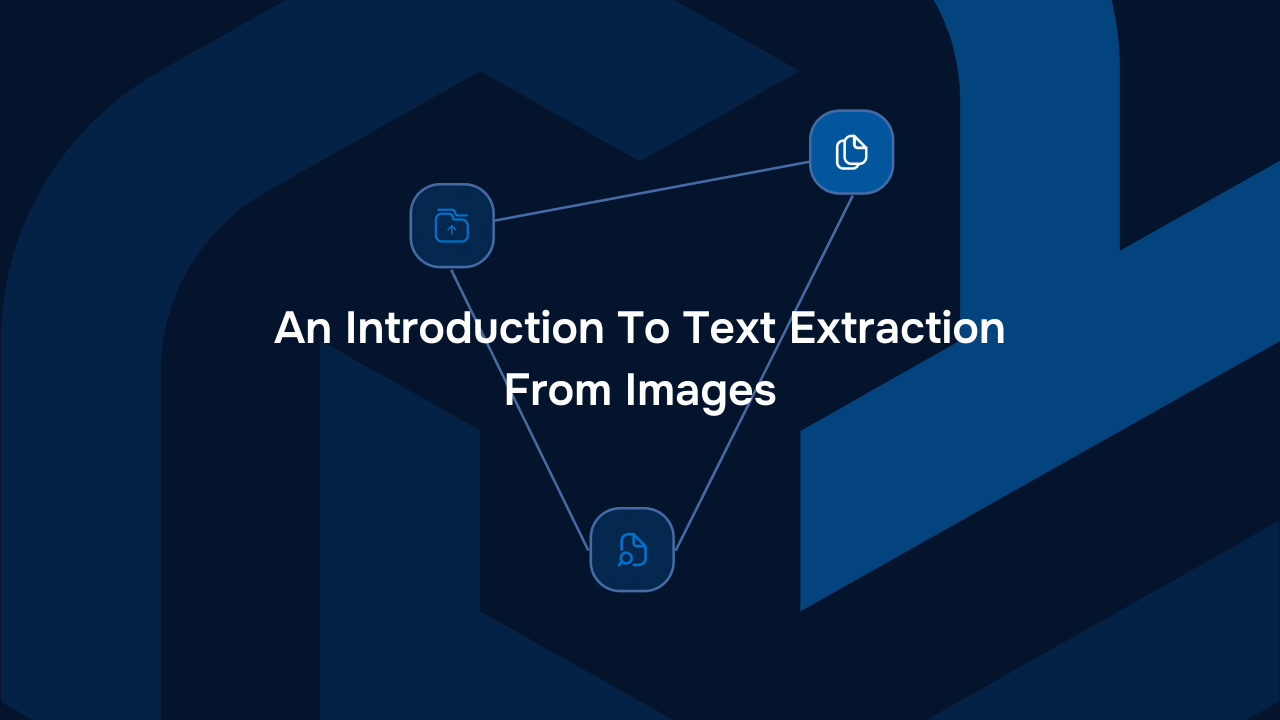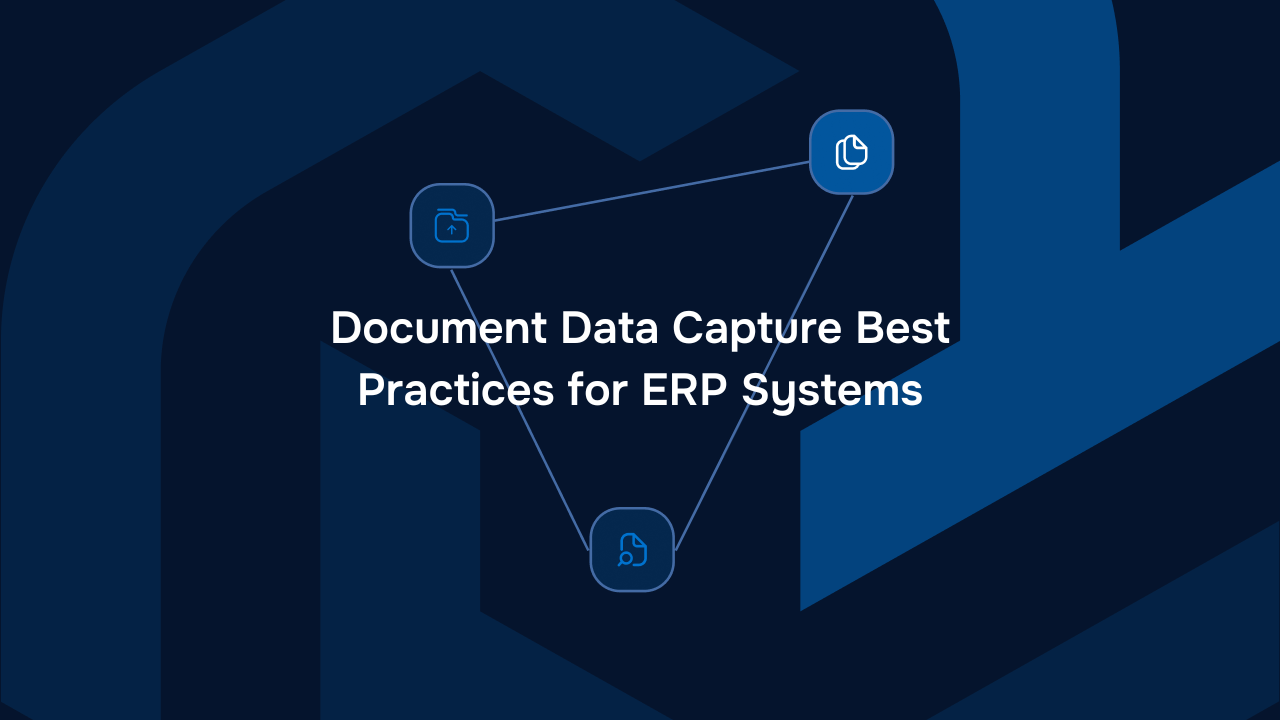An Introduction to Textual Analysis


In the world of data analysis, textual analysis explores written, spoken, or visual text. Also known as text analysis, it leverages technologies such as natural language processing and generative AI to analyse text and derive insights. This article provides an overview of textual analysis, how it works and where businesses can leverage it for the best results.
What is Text Analysis?
Text analysis is the process of dissecting and interpreting various forms of textual data to draw valuable conclusions. Whether the source material is the written word, spoken language in the form of audio recordings, or visual content, text analysis works by using computational methods to assess and extract meaningful or useful insights. Through the use of technologies such as Natural Language Processing and machine learning, text analysis transforms raw data into structured and actionable information.
Text analysis has application across a variety of disciplines and as such is used in a range of fields. With the right preparation and considerations in mind, text analysis can be a tool for understanding different cultural and linguistic behaviours and dynamics. For example, text analysis can involve quantifying the frequency of words in order to determine their importance in a corpus of text.
Understanding Textual Analysis: Key Components
In order to perform any form of textual analysis, there are some steps which need to be followed :
Text Preprocessing
Text preprocessing lays the foundation for text analysis by refining the raw text through a process called tokenization. Tokenization entails breaking down the text into smaller units in the form of words or phrases so that they can be analysed more easily.
Other features of preprocessing include reducing words to their root form and removing common non-informative words to streamline the analysis process.
Feature Extraction
Once preprocessed, text analysis moves to feature extraction. This is where the collection of words and phrases is assessed to find the frequency of certain words, capture semantic relationships, and uncover the general tone and purpose of the text.
Text Mining Techniques
Text mining is the method used to unveil hidden patterns, such as the emotional tone of a piece of writing and the colour, style, and intent behind it. Underlying themes can be pinpointed with accuracy and specific names of people or locations are fitted into the context of the text to find greater meaning.
Textual Analysis Methods
Textual Analysis employs some key methods to derive accurate conclusions from a body of text.
Qualitative Text Analysis
Qualitative approaches delve into deeper meaning within a text. This can be seen in both the use of thematic analysis which identifies themes and tone in a body of text, and grounded theory which seeks to draw conclusions from systemic qualitative data analysis.
Quantitative Text Analysis
Quantitative methods involve numerical analysis of the text; that is, finding the frequency of given words or phrases and using that information to infer meaning or draw conclusions. Content Analysis examines word frequency and patterns, while Corpus linguistics studies large text collections to find linguistic patterns.
Real-Life Applications of Textual Analysis
Now that we understand some of the basics of textual analysis or know what to look up for future research, we need to know where textual analysis can actually be applied and to what effect.
Social Sciences
Textual analysis can be applied to social science to understand human behaviour, cultural dynamics, and societal trends as recorded in text. For example, textual analysis can monitor tweets and social media activity to identify social trends and behaviour.
Humanities
In the humanities, textual analysis can be used to research historical documents, perform literary analysis, find similarities and links between different historical texts, and explore cultural narratives.
Branding and Marketing
Textual Analysis can be used in business and marketing to assess consumer behaviour to provide insight into preferences and trends. Brand sentiment analysis can also be tested to evaluate the perception of a brand through textual data.
Technology
In technology, textual analysis is integral to Natural Language Processing (NLP), enabling machines to understand and generate human-like language. Machine Learning and Artificial Intelligence use algorithms to automate and enhance text analysis processes. Vault leverages large language models to understand business critical documents and structure the unstructured data they contain.
Conclusion
Textual analysis is a valuable tool that serves as a bridge between language and data, allowing for a nuanced understanding of narratives and information conveyed through words. As technology continues to evolve and these models become more adept at understanding meaning, tone, and theme, textual analysis will be even more valuable in uncovering the deeper truth behind historical texts such as contracts and reports. To structure the unstructured data in your documents, get in touch with TextMine now!
About TextMine
TextMine is an easy-to-use data extraction tool for procurement, operations, and finance teams. TextMine encompasses 3 components: Legislate, Vault and Scribe. We’re on a mission to empower organisations to effortlessly extract data, manage version controls, and ensure consistency access across all departments. With our AI-driven platform, teams can effortlessly locate documents, collaborate seamlessly across departments, making the most of their business data.

Newsletter
Blog
Read more articles from the TextMine blog


From Complexity to Clarity: Transforming Supplier Agreement Analysis with AI


Compliance and Metadata Tagging in Procurement Using TextMine


An Introduction To Text Extraction From Images






